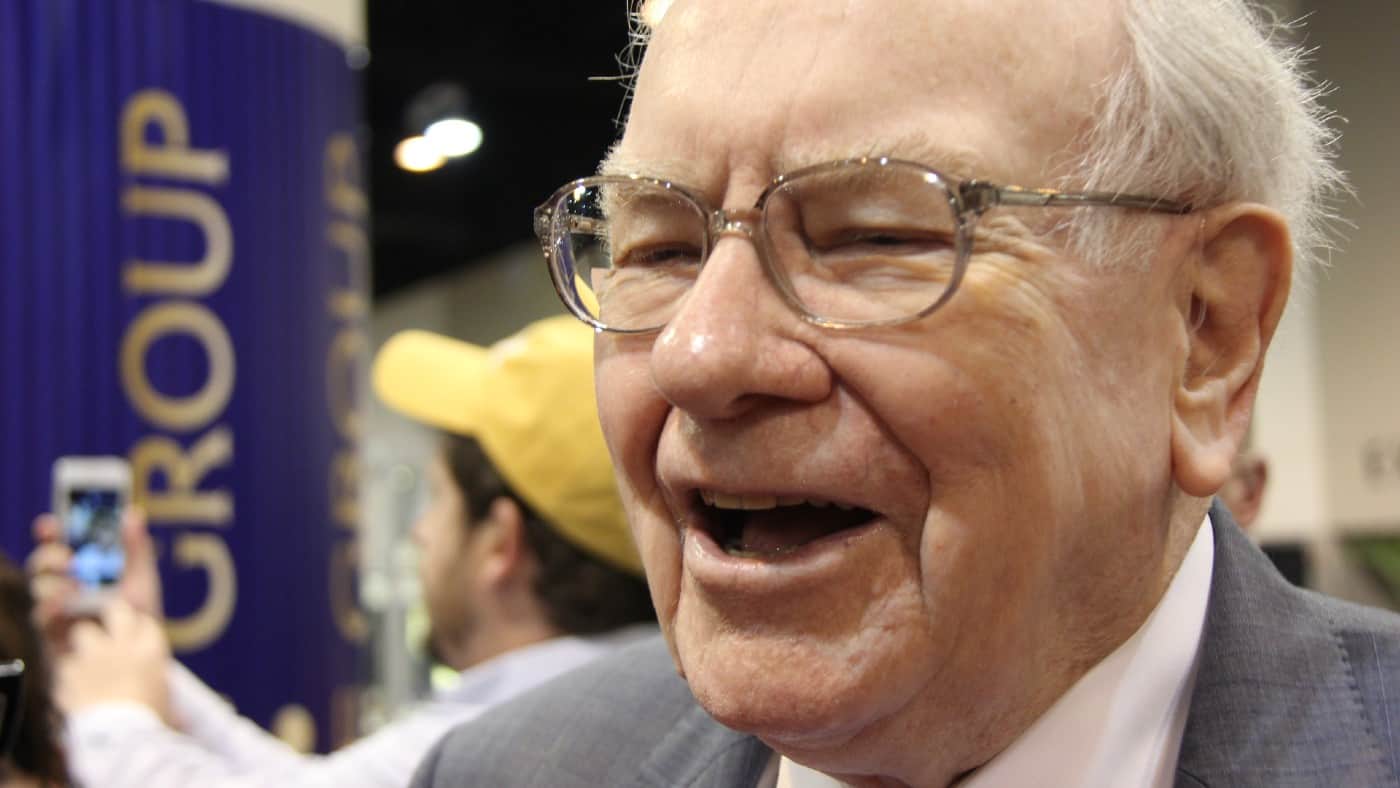Warren Buffett and Charlie Munger are two of the most influential investors of all time. Together, they turned Berkshire Hathaway, a failing textiles business, into one of the world’s most valuable companies.
Yet this terrific achievement was accomplished using a relatively simple investment strategy. And even individuals in their 30s today, with no savings to speak of, employing these tactics could be the key to building substantial long-term wealth. Here’s how.
Determining quality
The Buffett and Munger investment strategy can be described in just a few words – buy wonderful companies at fair prices.
That means they’re not interested in the cheapest-looking stocks if the underlying operation is mediocre. And similarly, they’re not tempted to become owners of a fantastic enterprise if the price is too high.
Determining quality and intrinsic value can be a bit of a complex and subjective process. Two investors can look at the same information and come to vastly different conclusions. In fact, there have been numerous times when Buffett and Munger have disagreed with each other for this reason.
But what factors actually determine quality in their minds? Something that both have consistently agreed on is the need for competitive advantages. A business with a difficult-to-replicate competitive edge over its rivals can pave the way to stealing and protecting enormous chunks of market share.
For example, suppose a business can consistently operate at a higher level of profitability compared to its sector? In that case, the firm is generating more earnings, creating greater financial flexibility to capitalise on more value-adding opportunities.
Advantages can take many forms, from the pricing power of reputable brands to a network effect created by user scale. And when looking at some of the largest corporations on the London Stock Exchange today, almost all of them have reached titanic status because they created and maintained various advantages over their peers.
Patience is key
Businesses don’t magically grow overnight. It can take years for a strategy to pay off, and long-term investors need to get comfortable with the idea of having to sit around for quite some time. This includes both after and before executing a trade.
As previously mentioned, Buffett and Munger won’t hit the ‘buy’ button for even the best companies in the world unless the price is right. And that sometimes leads to them waiting years for a buying opportunity to emerge.
Needless to say, that’s easier said than done, especially if a stock continues to rise and everyone else seems to be making a fortune.
But overcoming this fear of missing out can ensure investors avoid falling into value traps that end up destroying wealth instead of creating it.
When looking at the average returns of the FTSE 100 over the last couple of decades, the stock market has delivered an average annual return of around 8%.
Over a 30-year period, that translates into a total potential return of roughly 900%, enabling even modest sums of capital to grow substantially in the long run. And for those who successfully deploy the tactics used by Buffett and Munger, these returns may be significantly higher.








